On 1 September 2018, the Canadian artist Bill Burns presented the performative exhibition The Salt, the Donkey, the Apple (2018) at the Amden Atelier. Burns’ work is concerned with animals and civil society in our technological world civilization.
“The Salt, the Donkey, the Apple goes something like this. First we acquire some salt mined in Switzerland. Then we load the salt on a donkey. Now we walk up the mountain with a donkey loaded with salt. Now we find apples. Now we find honey. Now we arrive at the barn. Now we dip the apples in salt and honey. Now we eat them. The Salt, the Donkey, the Apple speculates on trade, ritual and longing. It addresses, rather obliquely, the position the artistic avant-garde finds itself within advanced industrialism. It reflects on the trade of goods. It positions the central component of advanced industrialism, the movement and exchange of goods, in relation to art. It wonders about our relationship to food, to animals, to the farm, and to nature. It wonders why donkeys are so sure footed. It wonders why Muhammad, Jesus and other prophets favoured donkeys for their tours. It wonders why people were turned to salt in the Bible and why soldiers were paid in salt. It wonders why the Koran devotes an entire chapter to the bee and the procurement of its produce and why bee colonies have become so sick. It wonders if dipping an apple in honey can bring rebirth. It wonders about the special relationships between the artist, the curator, the farmer, and the collector. It wonders about the trade of goods like art, honey, apples and salt. Finally it wonders why we long. end”
–– Bill Burns, 2018

 Images
Images
 Info
Info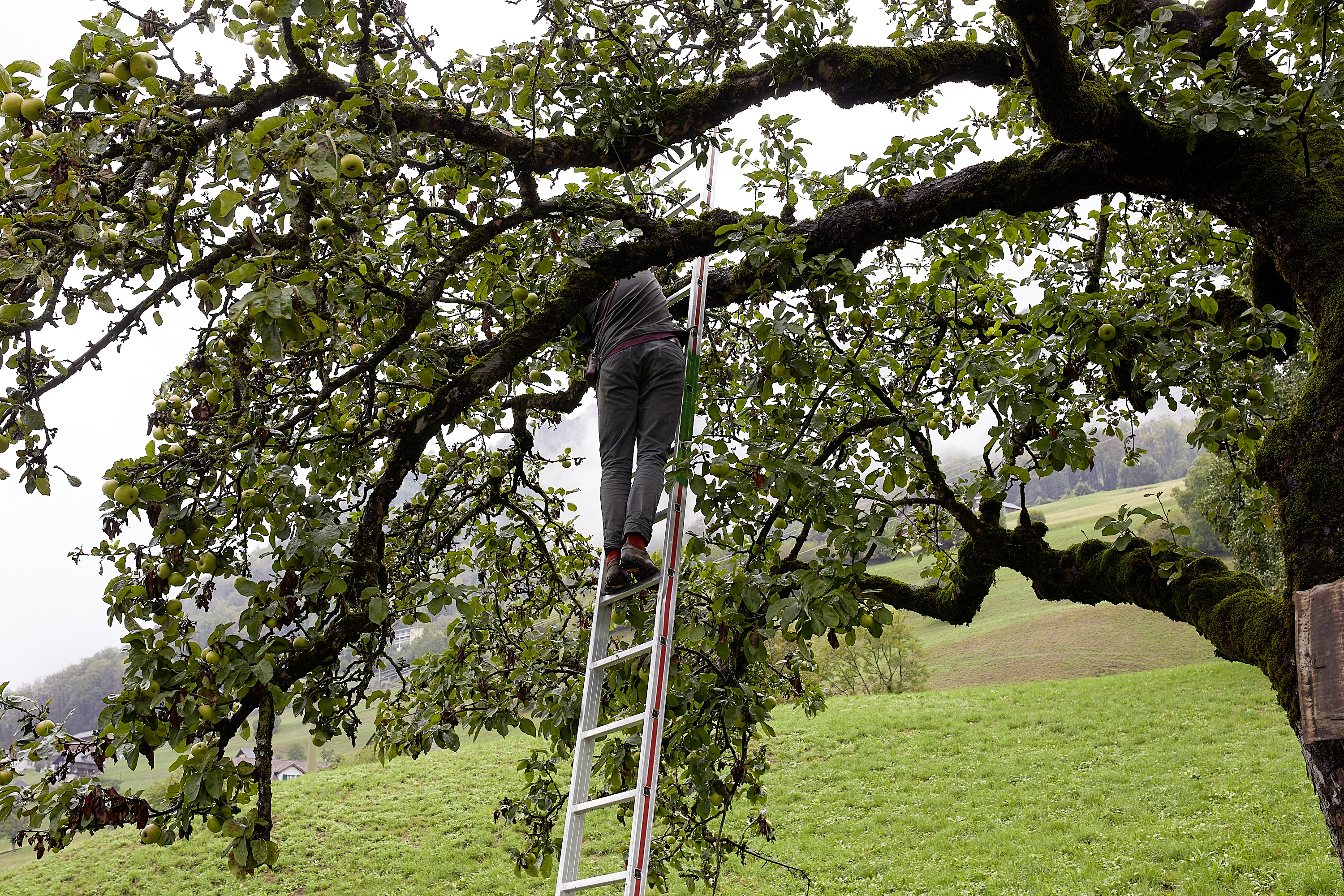
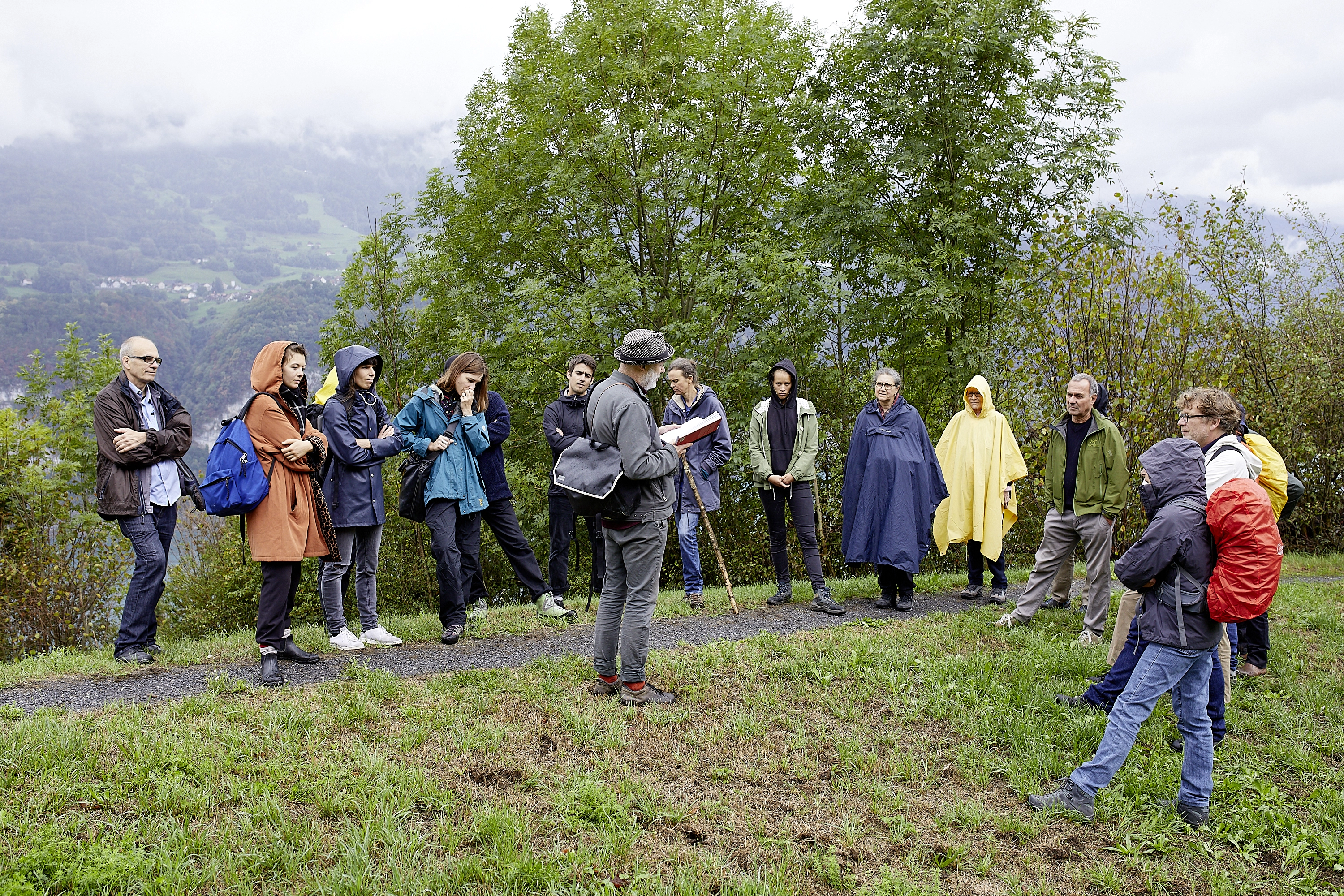


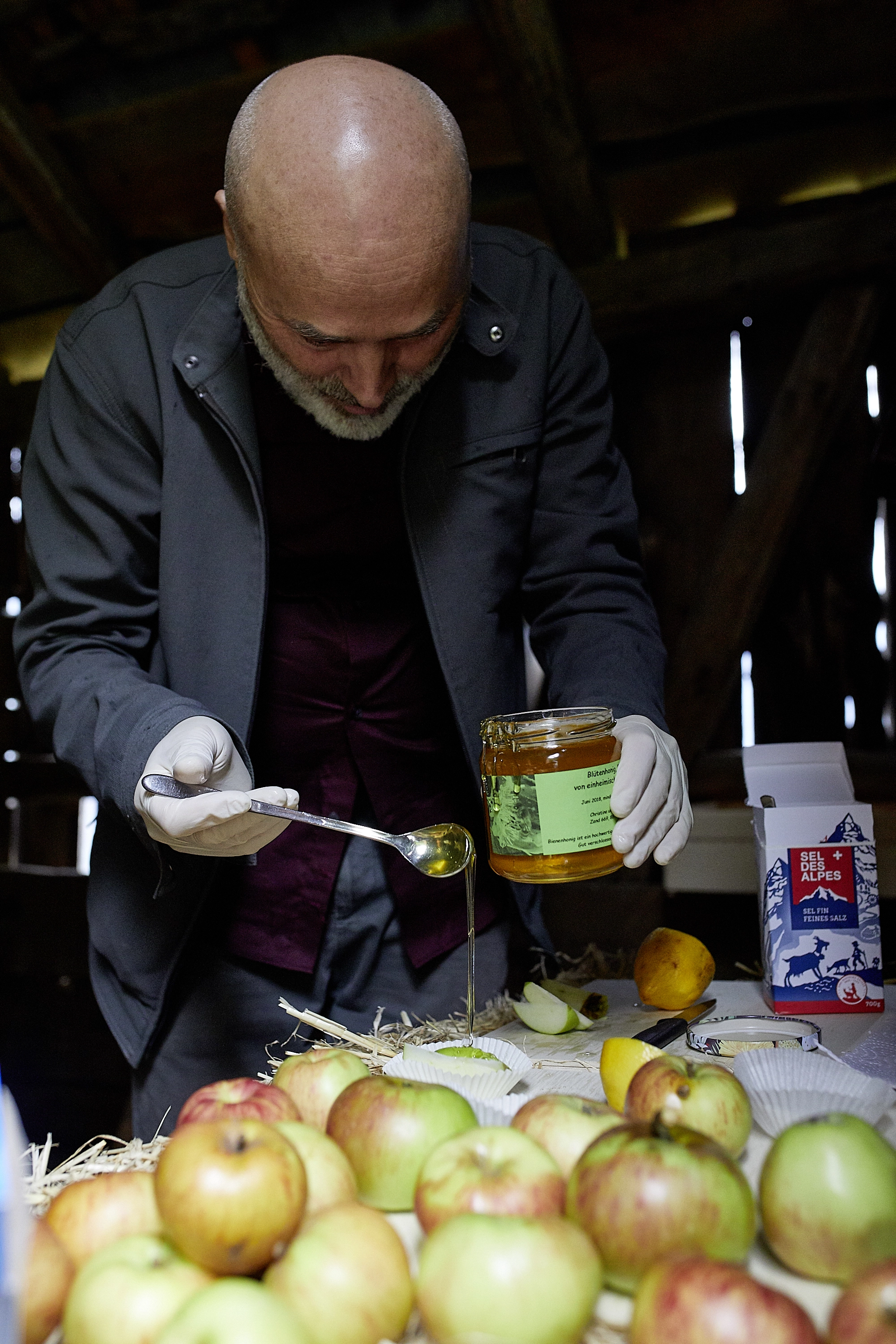

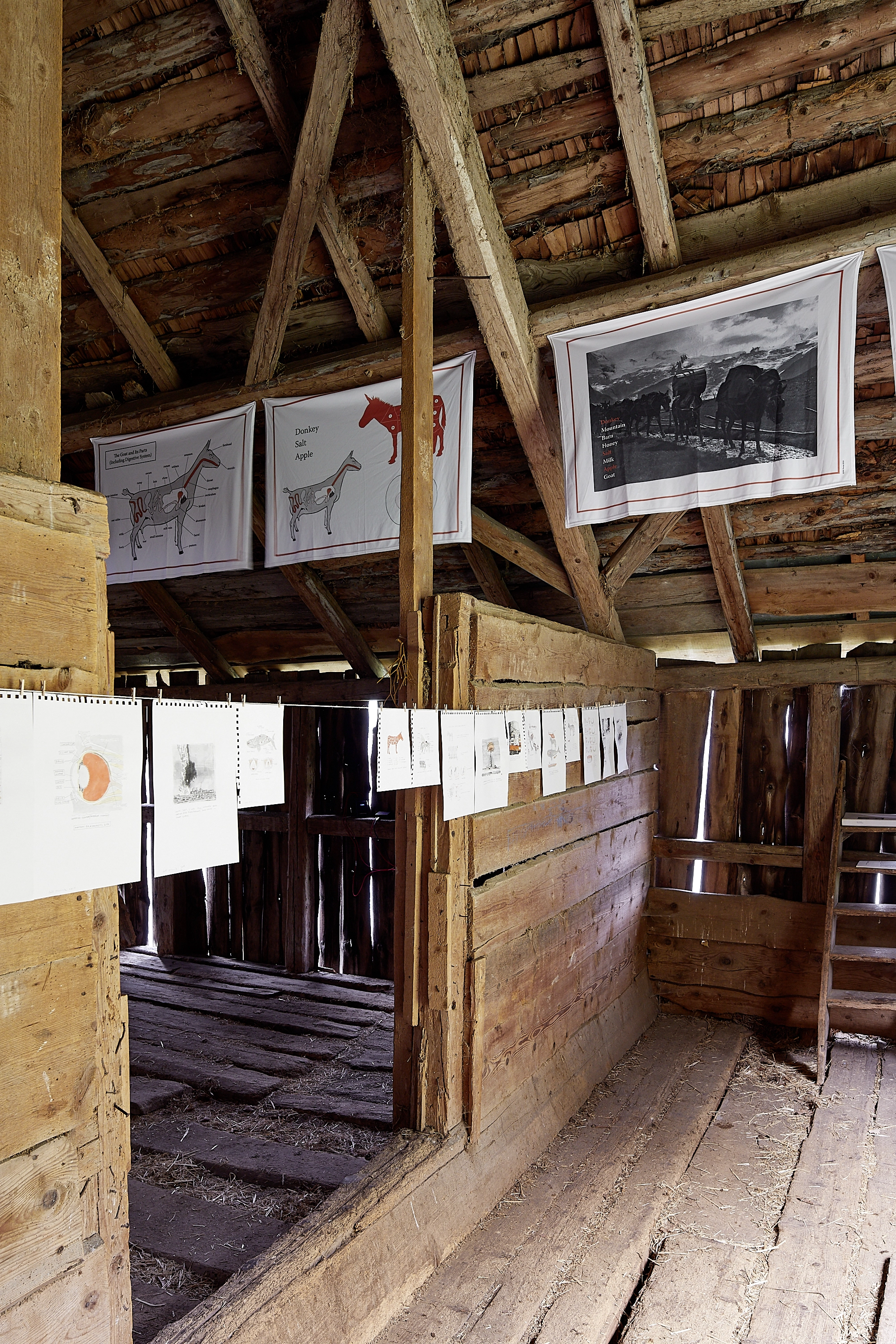
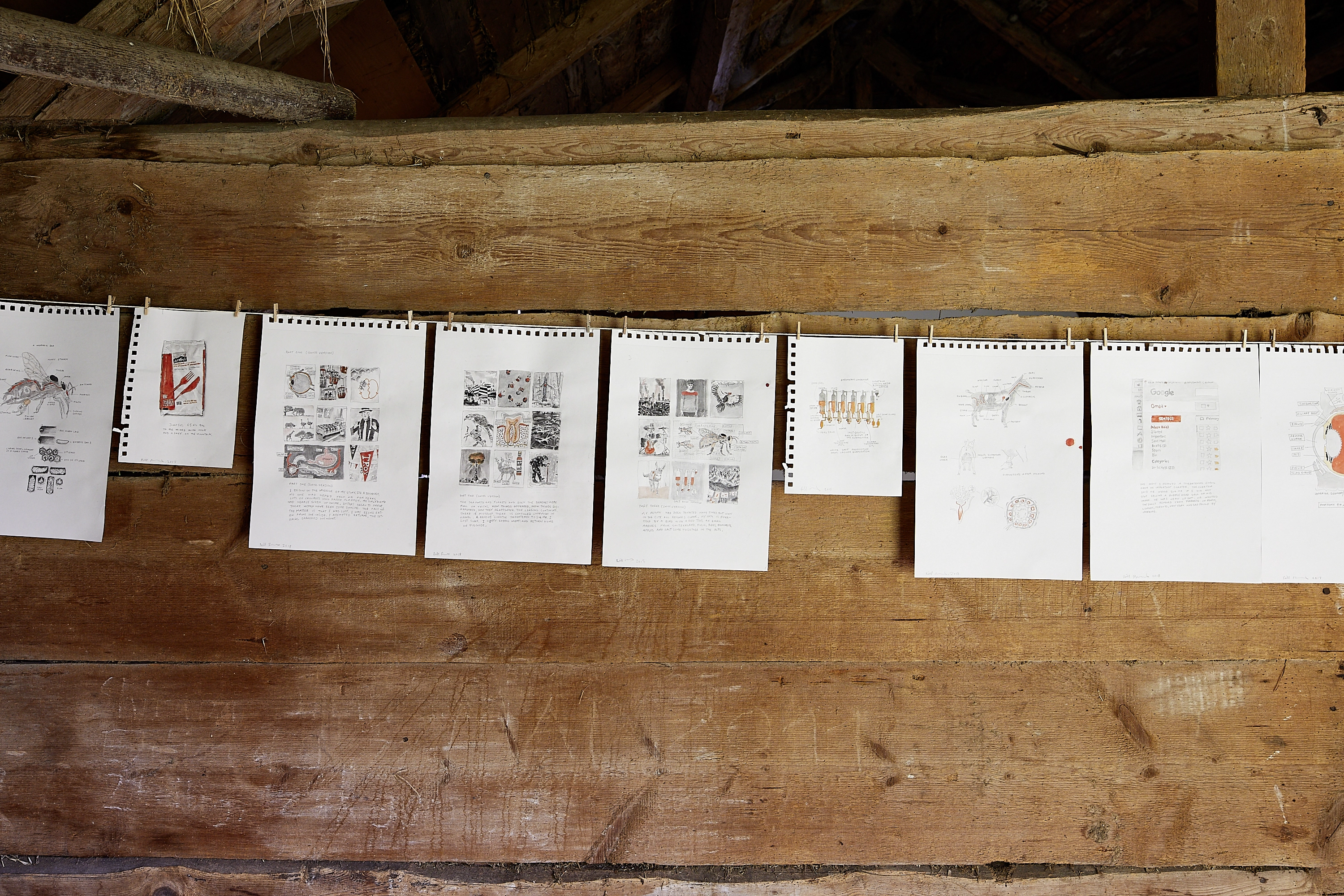
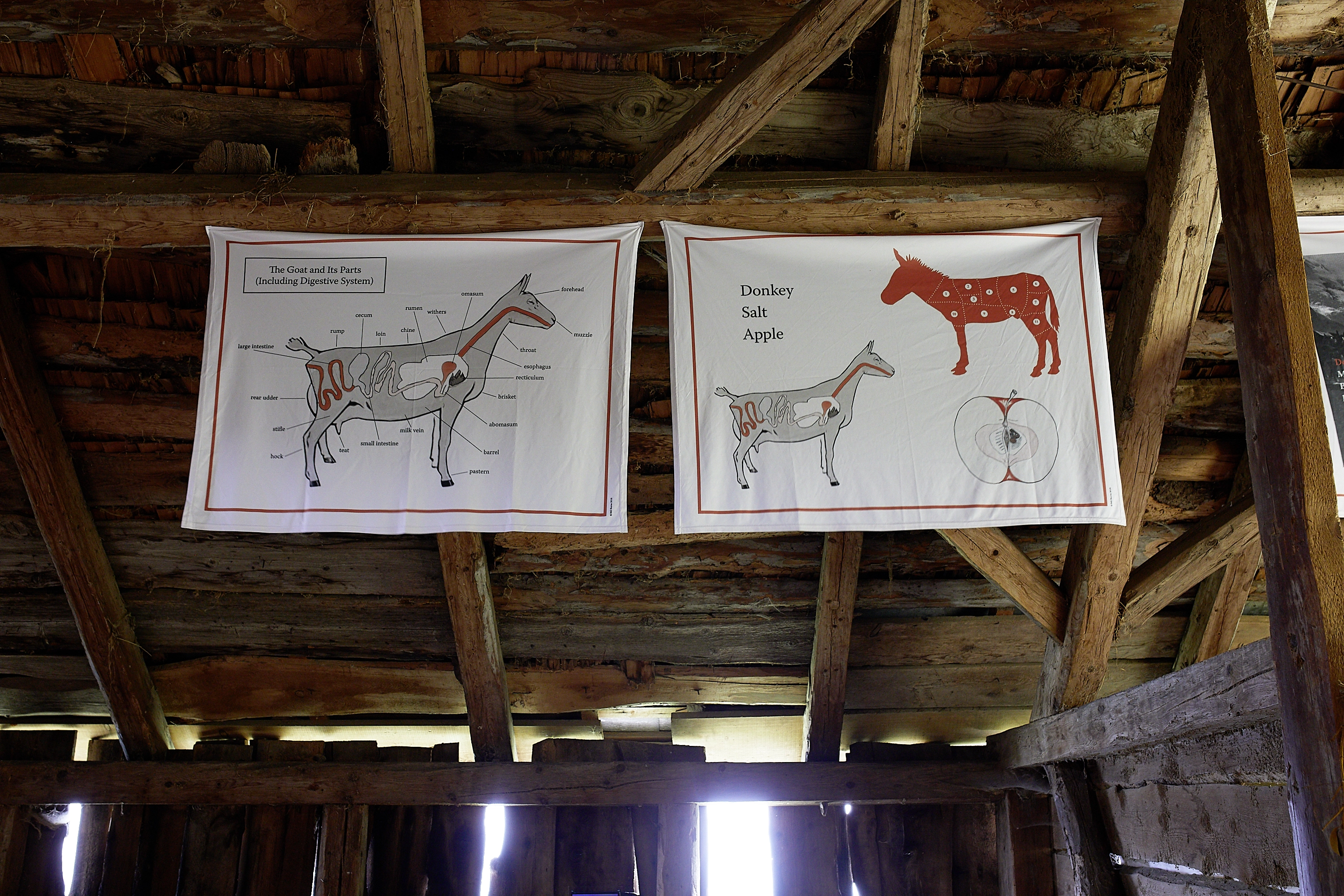

 2019, The Great Trading Project
2019, The Great Trading Project